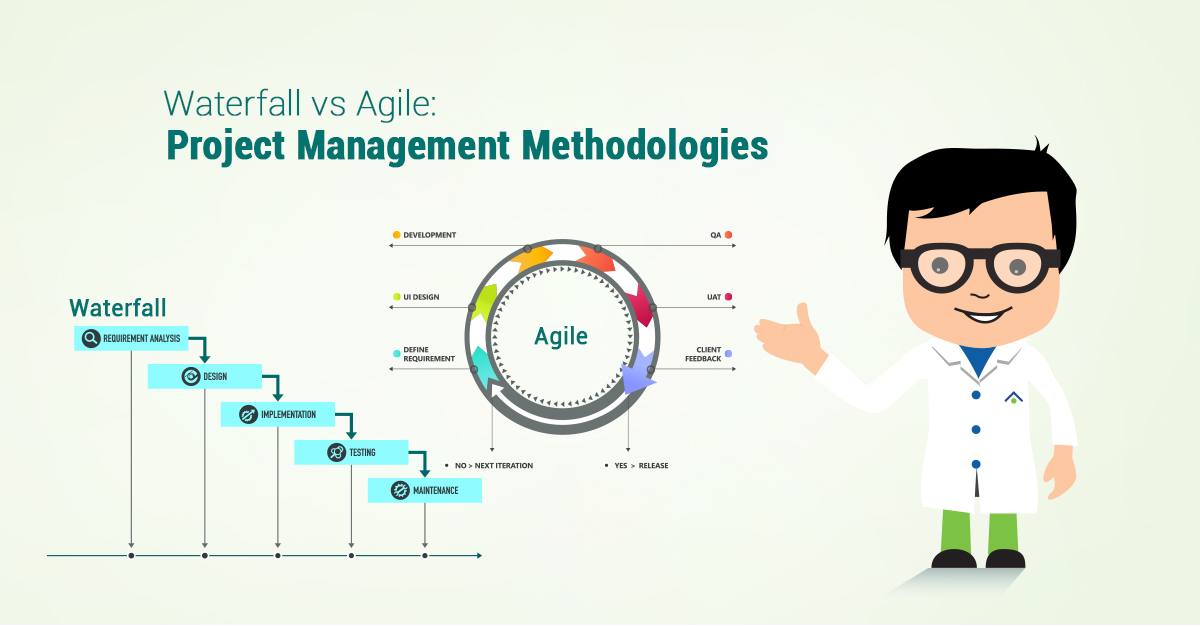We have to cooperate for our project, and we need to decide which tool to use.
One of our mentors recommended 3 cooperation tools which support scrum board function, and suggested we learn about that tools, put into shape, and share them one another.
So, to follow his order, I write this post.




One of our mentors recommended 3 cooperation tools which support scrum board function, and suggested we learn about that tools, put into shape, and share them one another.
So, to follow his order, I write this post.
Scrum - Agile Software Development Process
In agile software development process, there are 3 elements that consist of it - roles, artifacts, workflow.
Roles
Product Owner
They ponder on what they make.
Scrum Master
They ponder on how they make.
Scrum Team
They just make T_T
Artifacts
Product Backlog
It contains general requirements. (I don't sure it is right explanation for product backlog.)
User Stories
It contains detail requirements.
Estimates
It contains the order of priority of all requirements(user stories).
Workflow
Iteration & Incremental Development
In Agile Process, we install waterwheel at the bottom of the traditional waterfall model, which means we don't do the whole task in one iteration, but we split the task in many prototypes, and develop each prototype iteratively and incrementally.

Sprint Meeting
A sprint means a small group of the tasks that has a due date to complete.
In Scrum, the plan of software development is built up with considering a sprint as an atomic element.
We should have Sprint meeting with daily periods, and should classify sprints into 3 categories(todo, in progress, done), so that we can manage our tasks with high efficiency.

Software Development Management Tools
From now on, I'll introduce you some tools that can help our software development management with Scrum software development process.
JIRA
Pros
- There are so many functions.
- Notification with email.
- Real-time information about issues is supported.
- Able to customize.
- Plugin Extension.
- Both online hosting service and server installation version are supported.
Cons
- It's not free.
- If there are less or equal than 10 members, it costs total $10.
- If there are more than 10 memebers, it costs $7 per a person.
- There are too many functions.

Trello
Pros
- Free.
- It's easy to use.
- Its card interface is so intuitive.
- High quality mobile client is supported.
Cons
- It's hard to manage when the number of cards increases.
- It's inappropriate for complex and gigantic projects.
- It doesn't provide Gantt chart.
- It only supports server installation version. (No online hosting service)

Other Tools
Excel(...), Github Projects, Asana, Redmine, ...
Is there any tools offering Gantt chart only?
답글삭제You may be able to find your answer here.
삭제http://blog.capterra.com/6-of-the-best-gantt-chart-software/